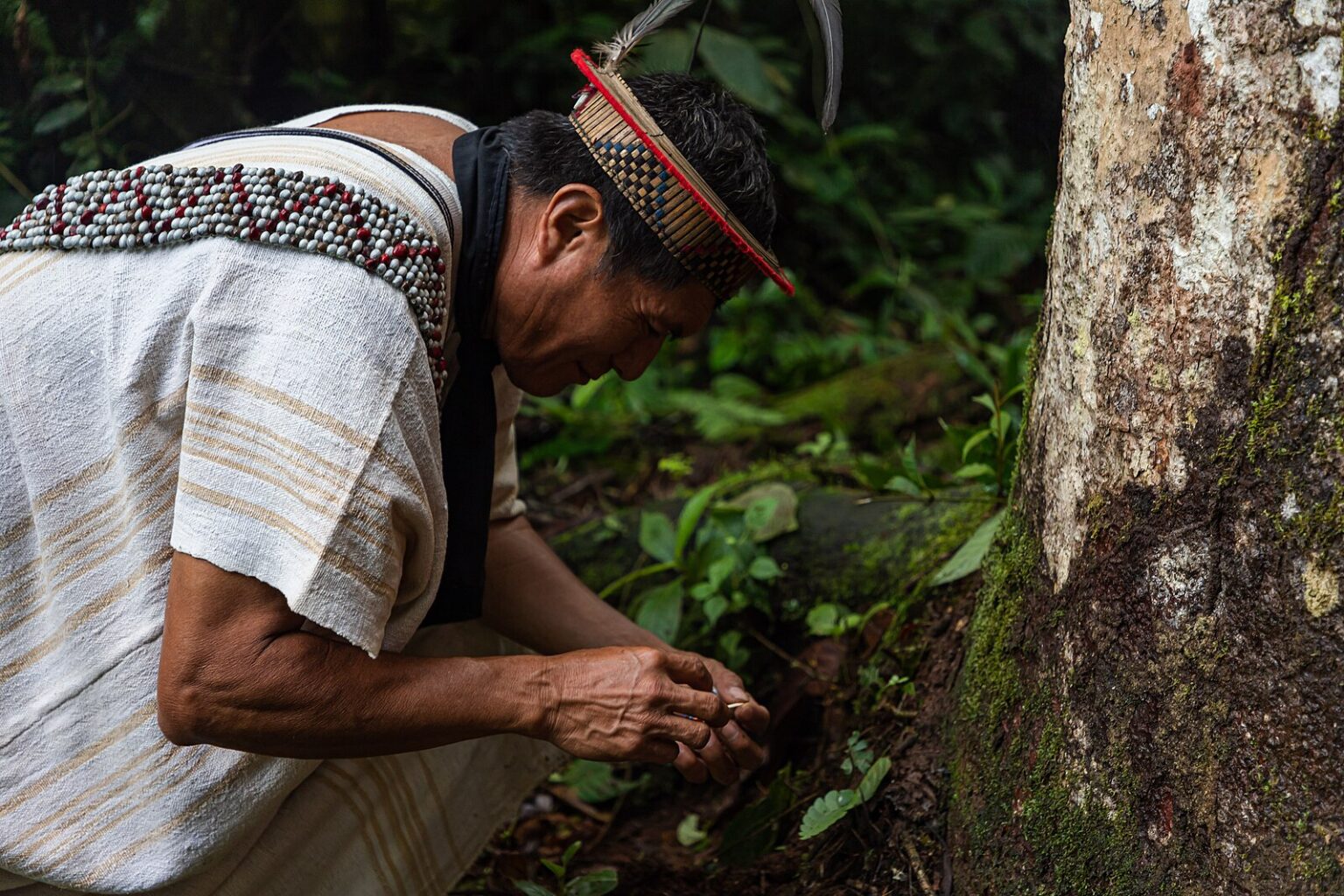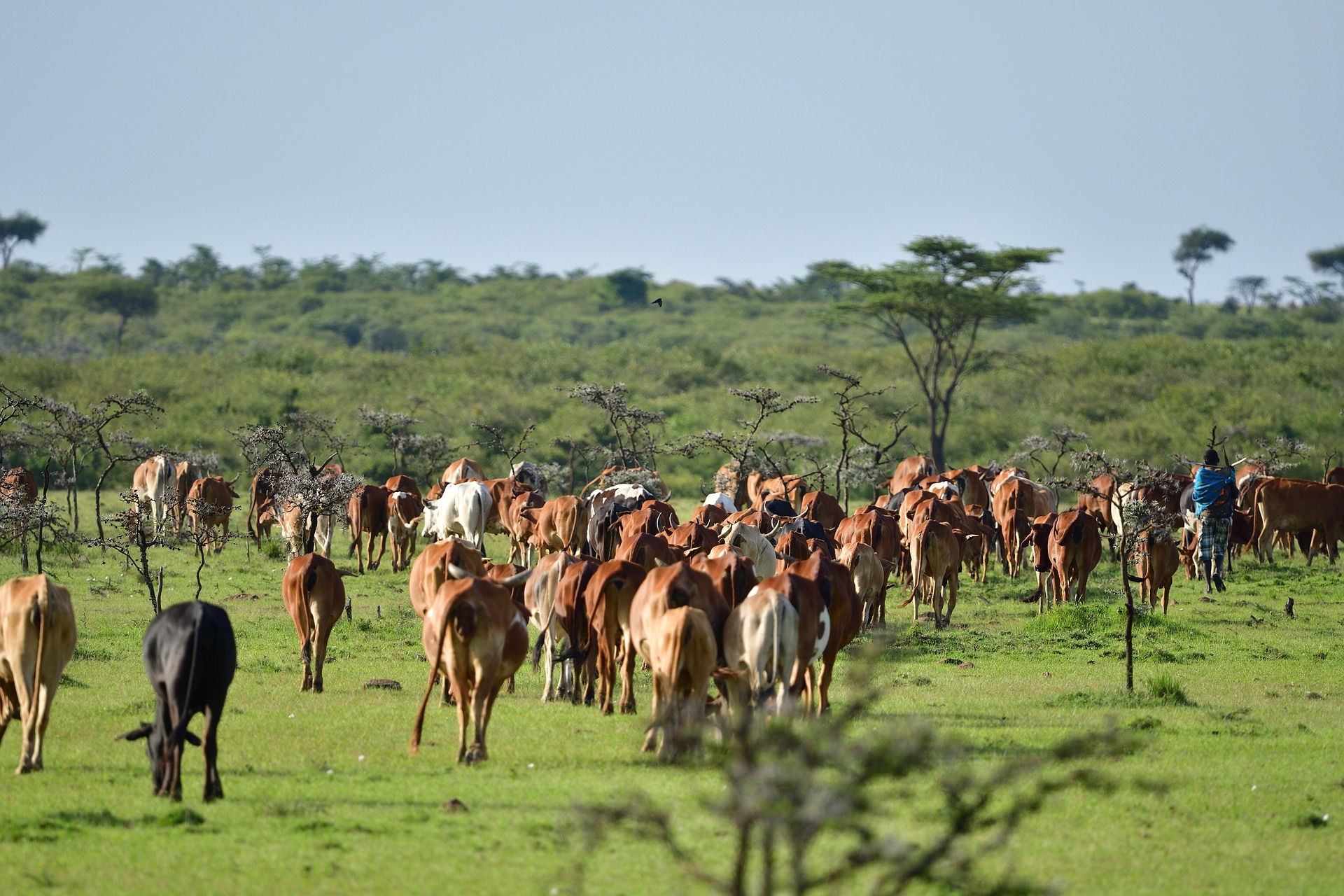New IUCN guidelines offer direction for the responsible translocation of displaced wildlife
Millions of wild animals and plants are displaced every year – injured in floods and fires, seized from illegal trade or driven from their habitats by expanding development. Yet there has been little global guidance on what to do next. A new publication from the IUCN Species Survival Commission (SSC) Conservation Translocation Specialist Group offers dedicated guidance to help conservationists, governments and wildlife managers find science-based solutions for displaced organisms, ensuring that efforts to help do not unintentionally harm ecosystems or resident species.

The new "Guidelines for responsible translocations of displaced organisms" complement existing guidance such as the "IUCN guidelines for reintroduction and other conservation translocations", but with a specific focus on addressing animals, plants and fungi already displaced by events such as climate-driven disasters, human development or unsustainable trade.
The publication helps stakeholders evaluate whether such individuals are suitable candidates for conservation translocation – the human-mediated movement of living organisms from one area to another – and, if so, how to proceed without causing harm to ecosystems, resident wildlife or people.
Irresponsible translocations, such as the release of exotic pets, unidentified species or individuals not properly screened for disease, have caused serious ecological damage, from the transmission of deadly pathogens to the spread of invasive species. By contrast, responsible translocations follow the precautionary principle: they aim to maximise the welfare of the released organisms while avoiding unacceptable risks to biodiversity and human communities.
The guidelines address displaced wildlife in a wide range of situations, including individuals in distress, those affected by catastrophic events, climate change, human-wildlife interactions and poaching and illegal trade. However, they also emphasise that not all displaced organisms can or should be translocated. Where translocation is not feasible, the publication offers alternatives and decision-making tools to help stakeholders find appropriate solutions. In some cases, displaced individuals – especially those from rare or threatened species – may be integrated into conservation breeding or restoration programs, contributing to broader species and ecosystem recovery.
You can access the publication here.


